Hyperrealism’s pure attraction lies in its ability to trick the eye and show absolute realness when it comes to expression of art – to render subjects so meticulously in great detail, with great precision, they seem as real as a photograph. Mastering textures is the heart of this artistic illusion. Certain subjects present unique challenges, and here we’ll focus on the trifecta of the hyper-realist: skin, fabric, and nature.
#1 Skin – Capturing the Nuance of Imperfection
- Beyond the Surface- Skin isn’t a uniform color. It’s a symphony of subtle shifts – freckles, moles, veins, and tiny wrinkles. These imperfections hold the key to realism
- The Power of Magnification– Study high-resolution photographs of skin up close. Notice how shadows gather in creases, the interplay of light and oil, and how colors shift in the subsurface
- Layering is Key – Skin is translucent. Build your work in thin layers of different hues. Work from the large color areas (local tones) then add shadows, highlights, veins with tiny brushes, and finally add imperfections like pores using fine stippling techniques.
#2 Fabric – Mastering the Physics of Folds
- The Language of Drapery – Each fabric behaves uniquely. Study how different materials fold, crease, and hang. Observe how light reflects – is it absorbed (like cotton) or does it shimmer (like silk)?
- Wrinkles– Pay close attention to the types of folds. Sharp wrinkles have crisp edges and deep contrasts. Gentle ripples have soft, diffused shadows
- Thread Count Matters – High-resolution references are vital. Zoom in to see individual weaves and thread patterns. Replicate these on a smaller scale, adjusting the tightness and weave pattern to reflect the specific fabric you are rendering
#3 Nature – Recreating Organic Complexity
Nature is rarely perfectly symmetrical. Leaf veins, bark patterns, the scales on a fish – embrace subtle irregularity. Choose a central object like a leaf or a stone. Devote extra detail to it, allowing the textures in the surrounding areas to become slightly less defined as they recede into the background. This mimics how our eyes focus. Consider the elements’ impact – the smoothness of a rain-washed pebble, the cracked surface of parched earth. Subtle imperfections convey stories.
# Pro Expert Tips
- Invest in Tools – A range of pencils (soft to hard), blending stumps, erasers (including kneaded), and fine-tipped brushes are essential
- Observation is King – Collect reference photos, or even better, study objects in person under varying light conditions
- Patience is a Virtue – Hyperrealism is a slow art form. Embrace the process of building up textures meticulously over time
- Don’t Neglect the Background – The environment around your main subject adds another dimension of realism. Even subtle texturing of the background will elevate the work
#5 Detailed Analysis of Capturing Hyperrealism
We explored the fundamentals of creating hyper-realistic textures in skin, fabric, and nature. Now, let’s delve deeper into each area, providing even more specific techniques and considerations.
- Variations in Skin Tone – Skin tone isn’t just one color. It’s a blend of different hues – reds, yellows, blues, and even greens – that vary across the face. Observe how these hues change around the nose, eyes, lips, and jawline
- Subsurface Scattering – Light doesn’t just paint the surface of skin; it penetrates it to a certain degree. This is called subsurface scattering. Pay attention to how light seems to come from within, especially in areas like the ears, nose, and lips. Use thinned glazes of translucent paint to capture this effect
- Mastering the Art of Blending – Seamless transitions between colors are crucial for realistic skin. Utilize blending tools like stumps and tortillions effectively. Experiment with different pressures and strokes to achieve smooth transitions
#6 Fabric Mastering the Physics of Folds in Hyper-Realistic Detail
- Lighting and Shadow Play – Fabric’s texture is revealed through the interplay of light and shadow. Observe how light creates sharp highlights on raised areas and deep shadows within folds. Use a variety of pencil grades to achieve a range of values
- Replicating Texture with Stippling – Stippling involves creating tiny dots to build up texture. Use this technique for fabrics like canvas or denim where individual threads are visible
- Understanding Fabric Weight and Drape – Different fabrics have distinct weights and drape differently. Lightweight fabrics like silk form softer, flowing folds, while heavier fabrics like wool create bolder, more structured folds
#7 Nature – Recreating Organic Complexity in Hyper-Realistic Detail
- Close-Up Studies – Nature’s intricate details are often invisible to the naked eye. Take close-up photographs or use a magnifying glass to study the textures of leaves, bark, rocks, etc. Pay attention to the subtle variations in texture, like tiny bumps, grooves, and imperfections
- Capturing Moisture and Light – How light interacts with moisture on natural surfaces is crucial for realism. Dewdrops on leaves, glistening wet rocks, or frost on a twig – these details add depth and dimension. Use light glazes of white or light blue to create a sense of moisture
- Background Textures – Don’t neglect the textures in the background. Even a simple background like a wall or a piece of wood can benefit from detailed texturing. This creates a sense of unity and cohesiveness in the overall composition
So when we are discussing modern art in 2024, the hyperrealism is a journey of continuous learning and refinement. Start with small studies of single textures before tackling complex compositions. With practice, you’ll be surprised at the incredible levels of realism you can achieve.


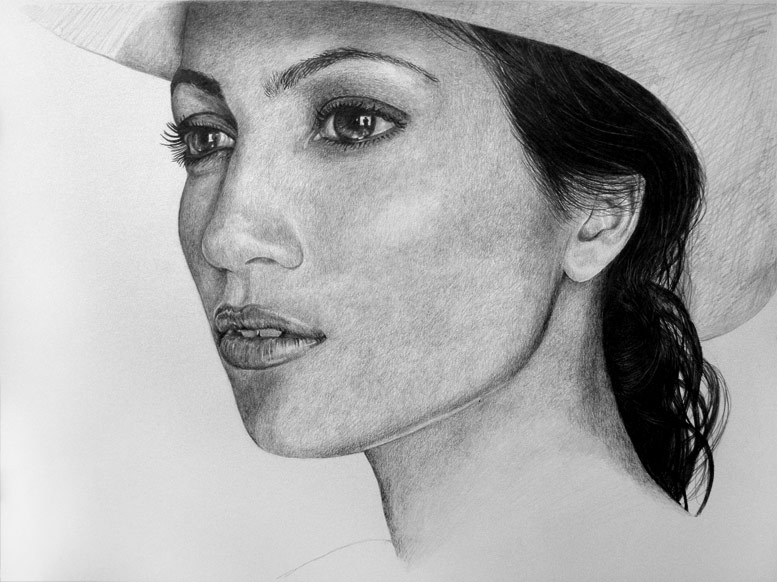
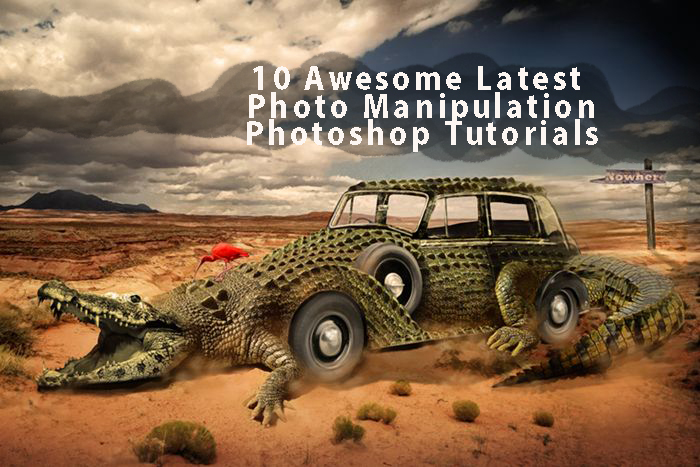
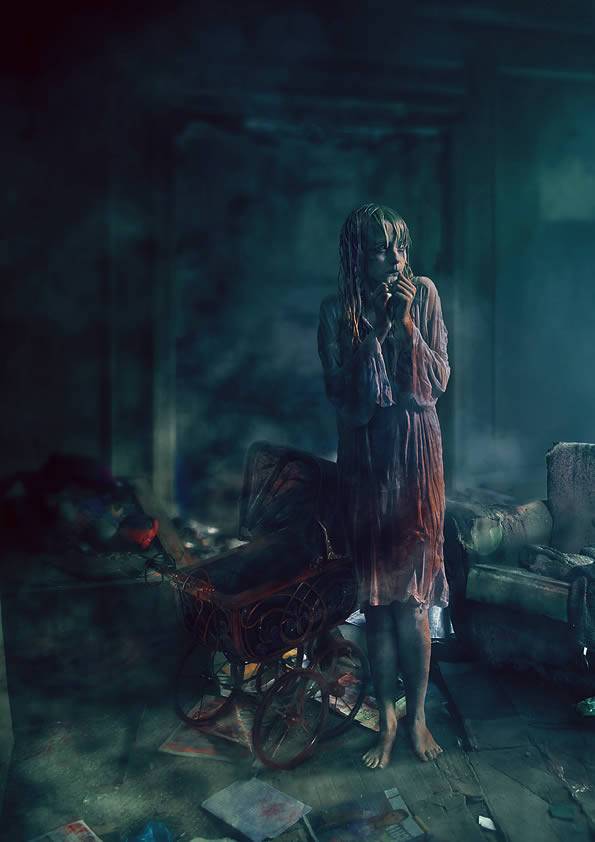
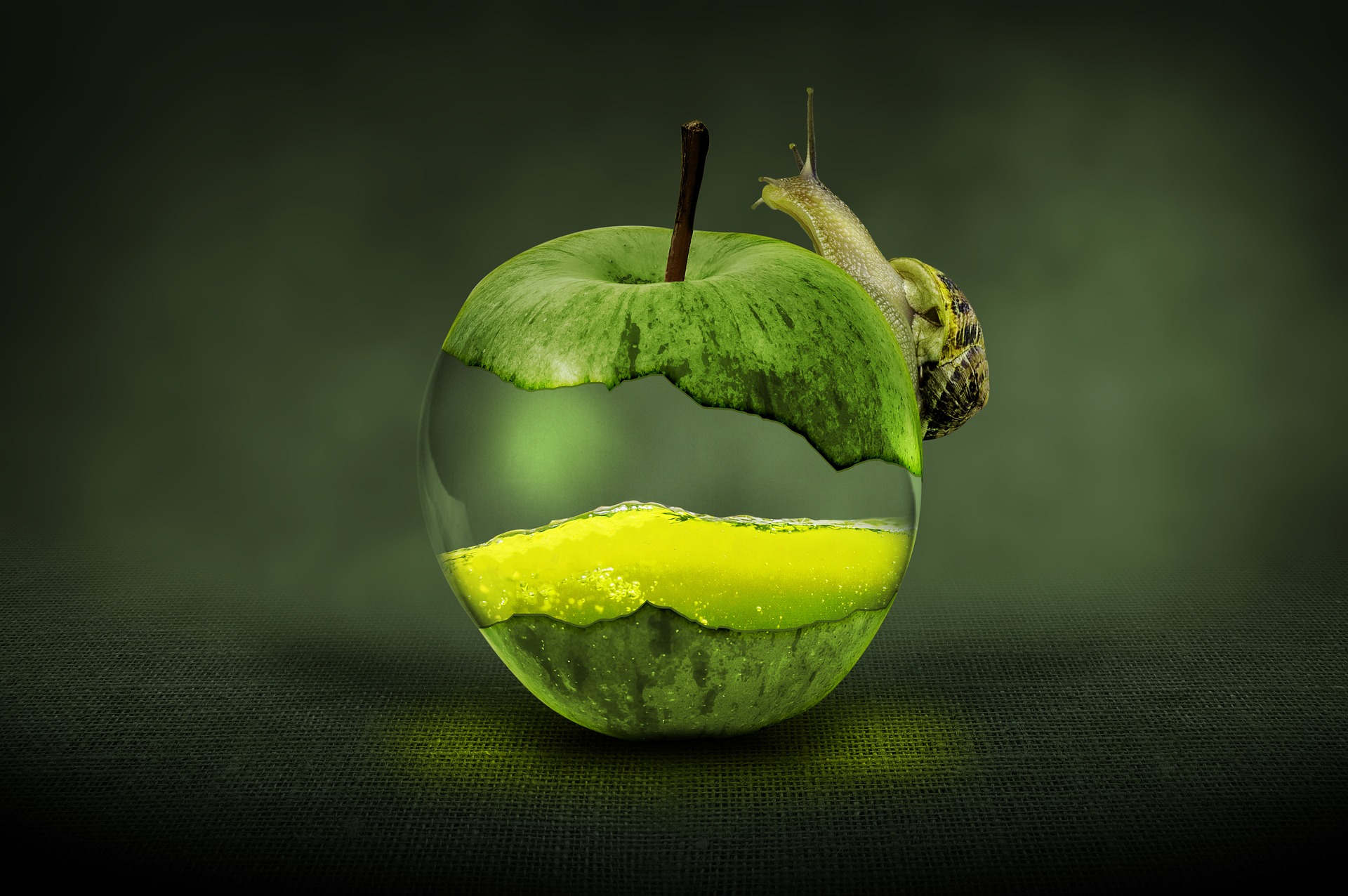
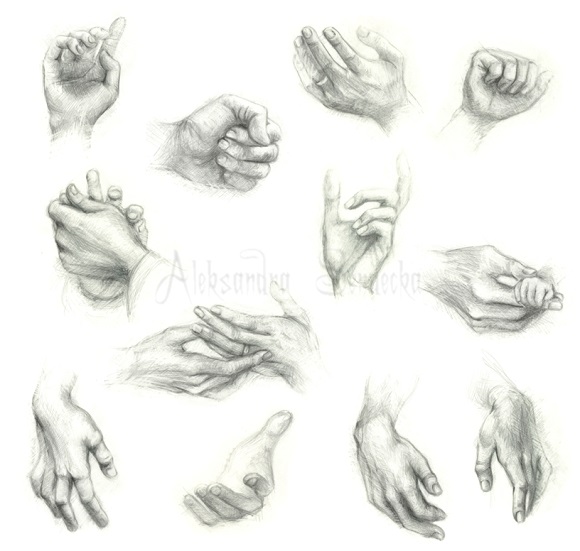
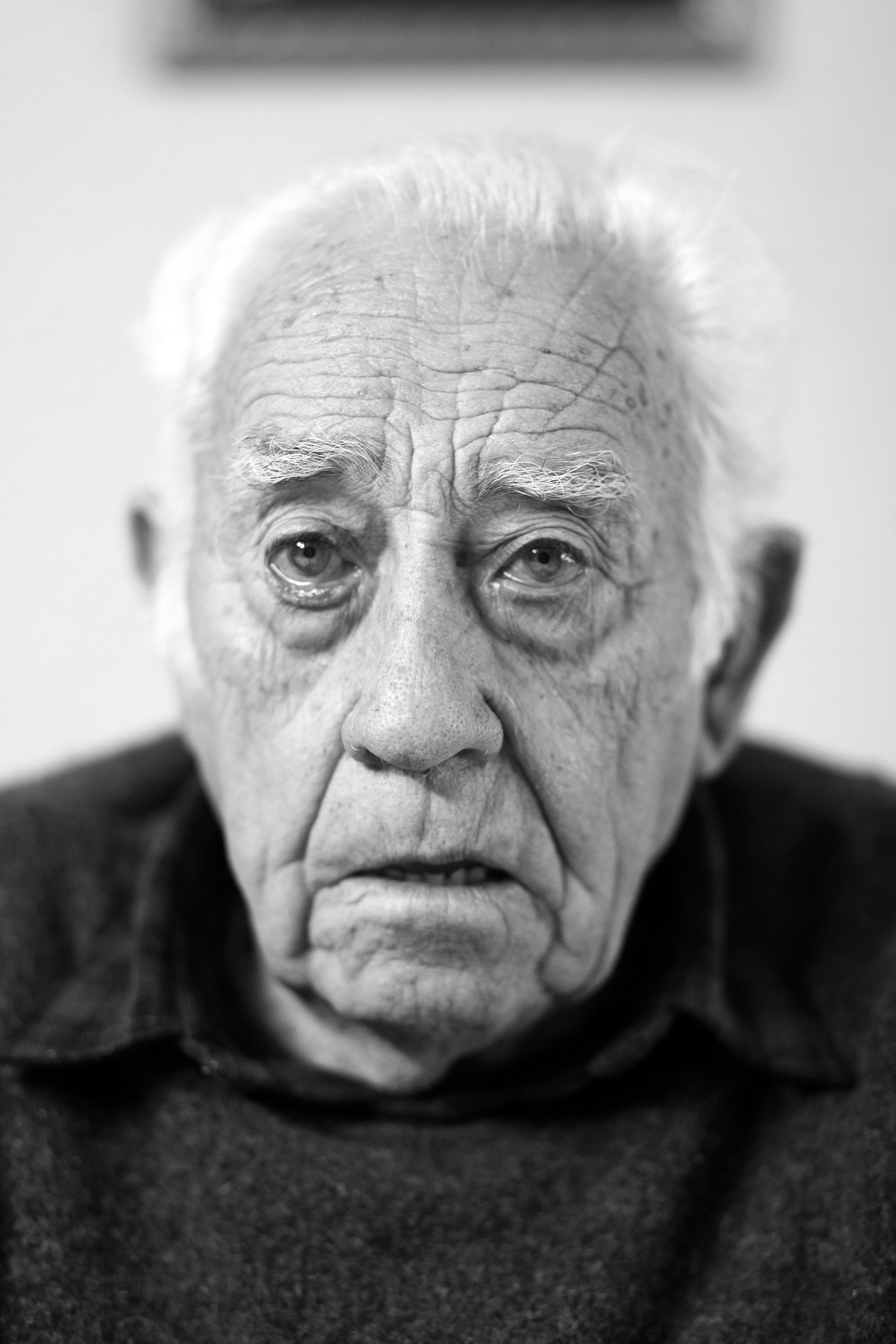
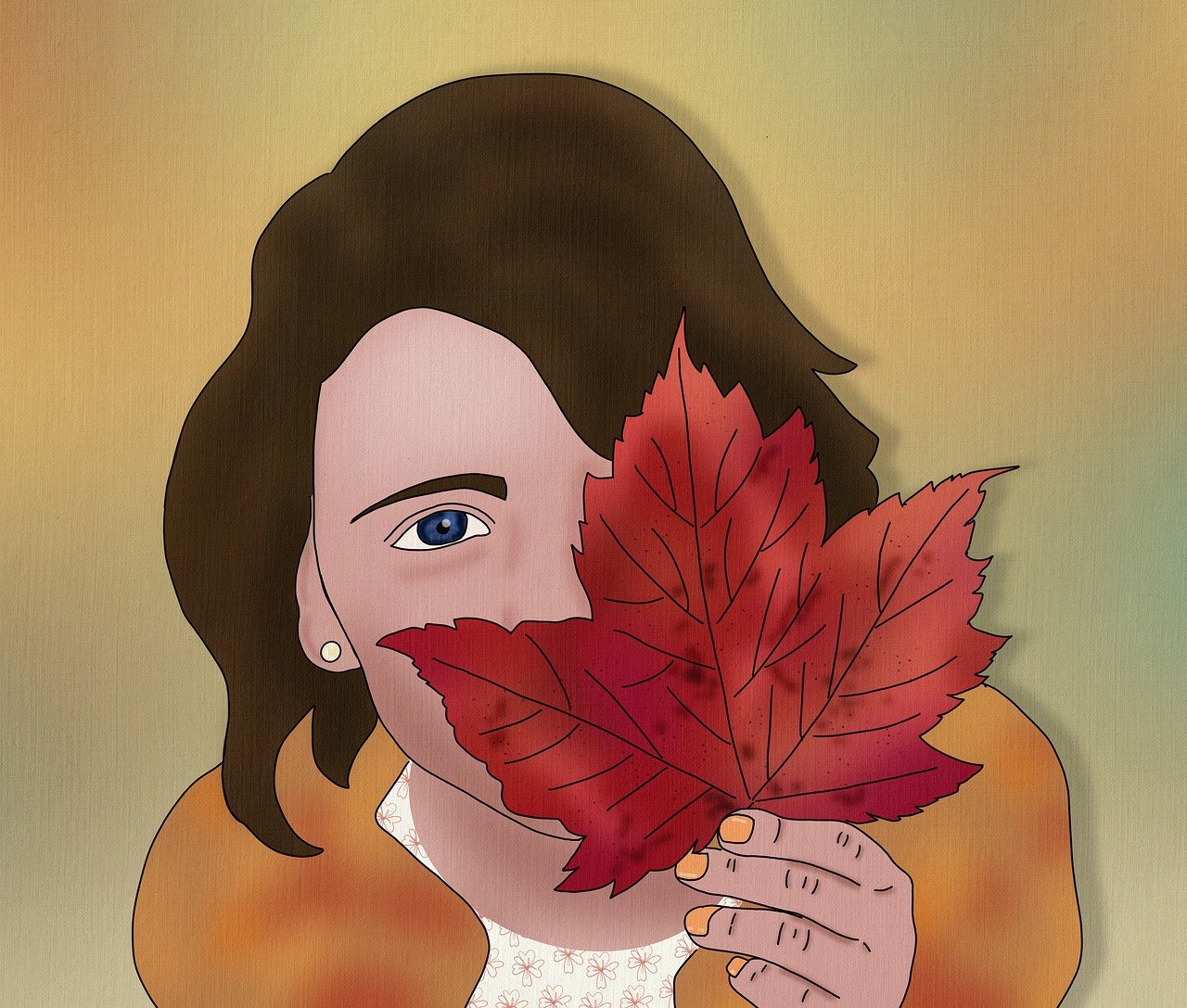
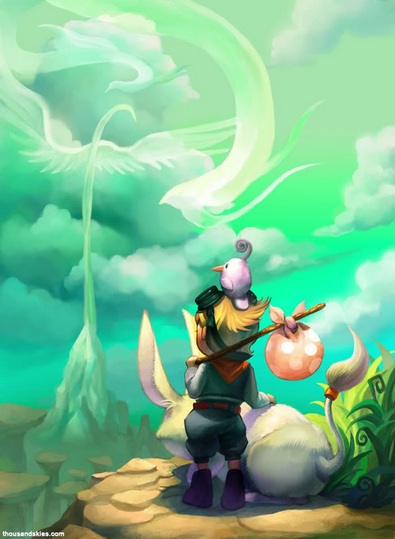


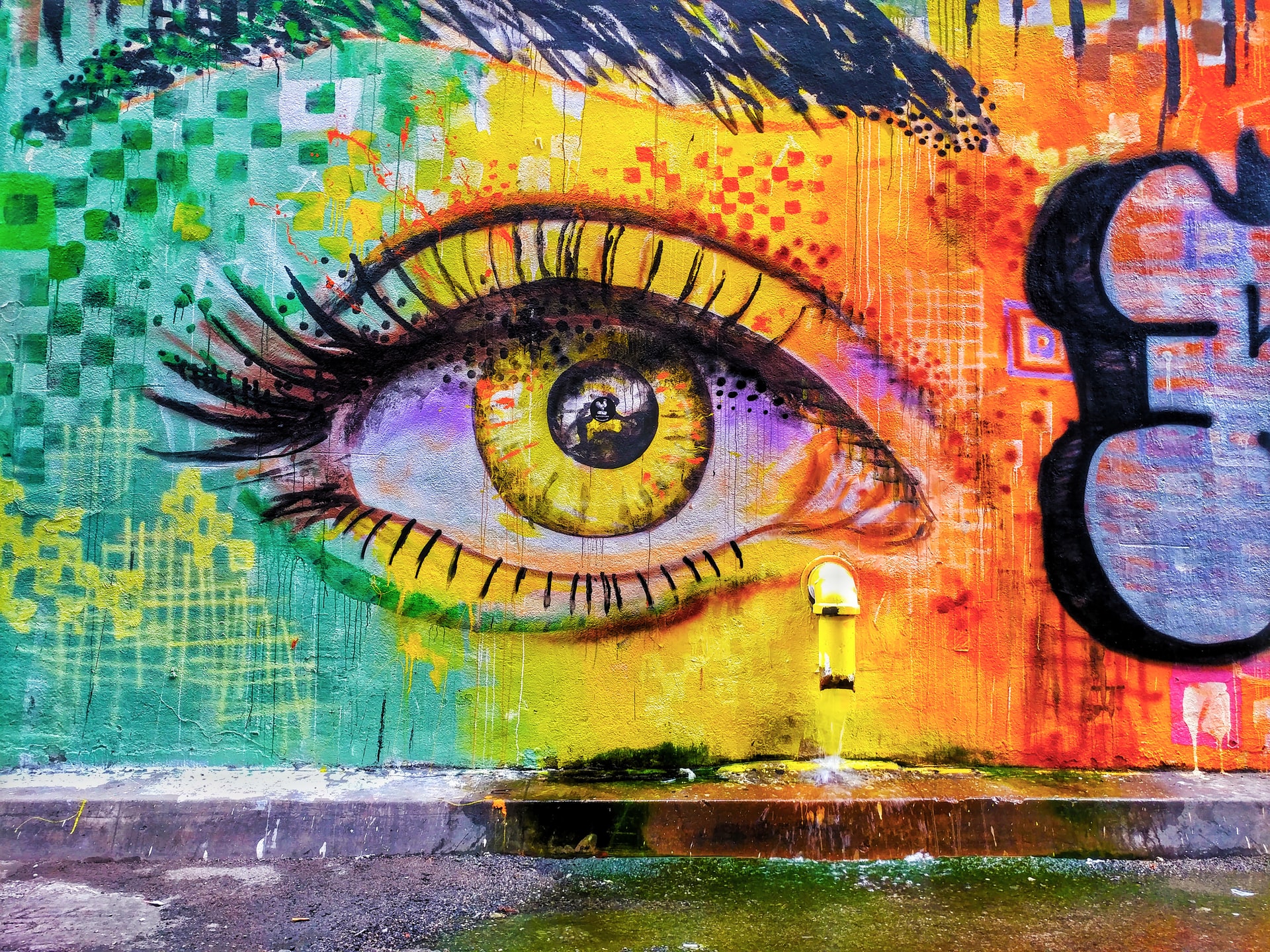

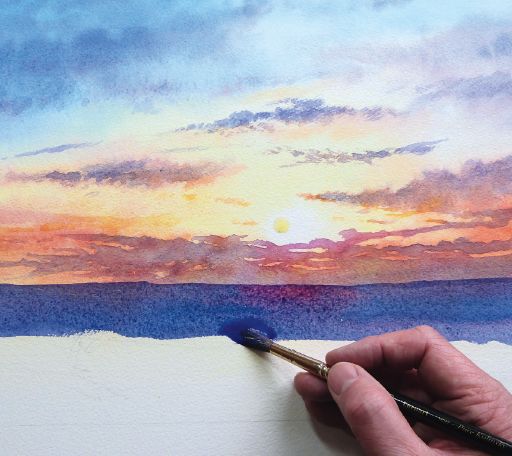

Leave a Reply